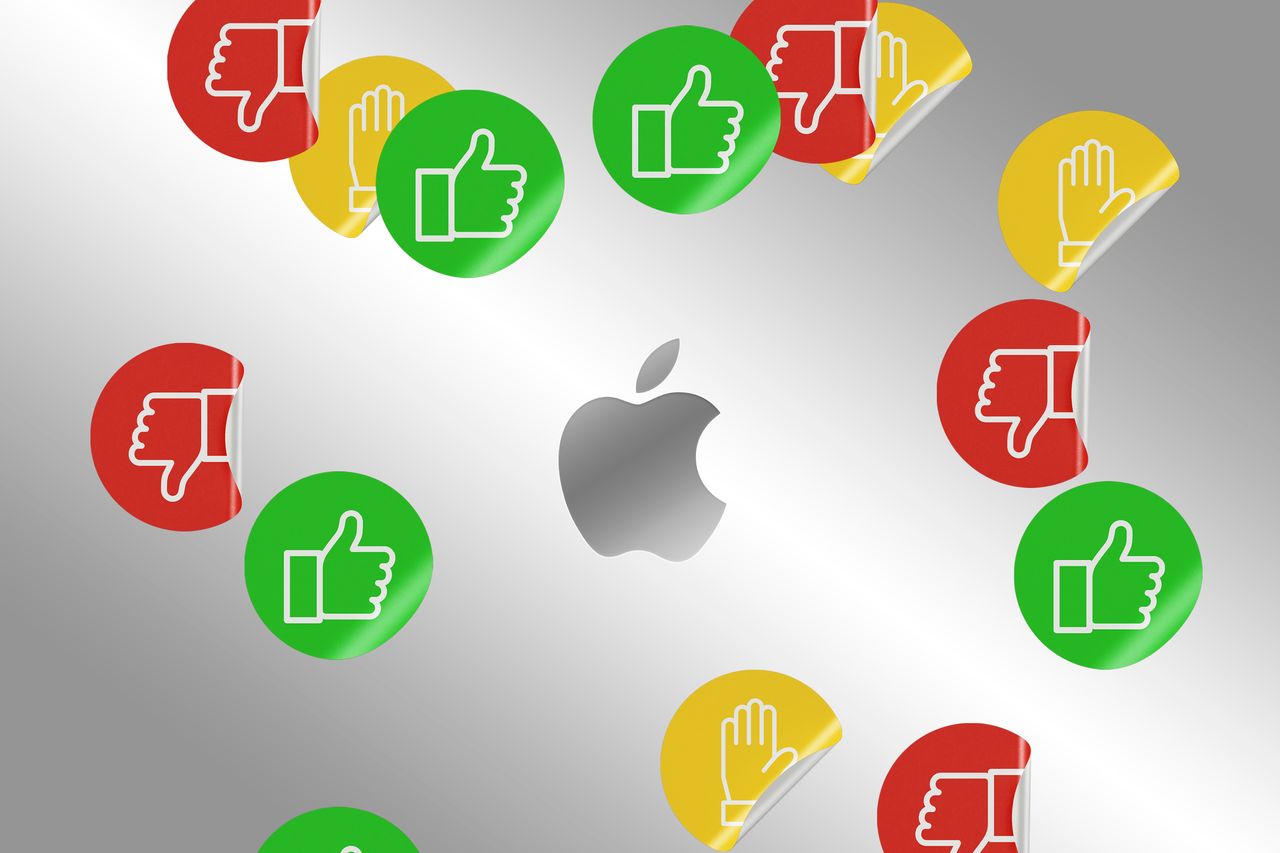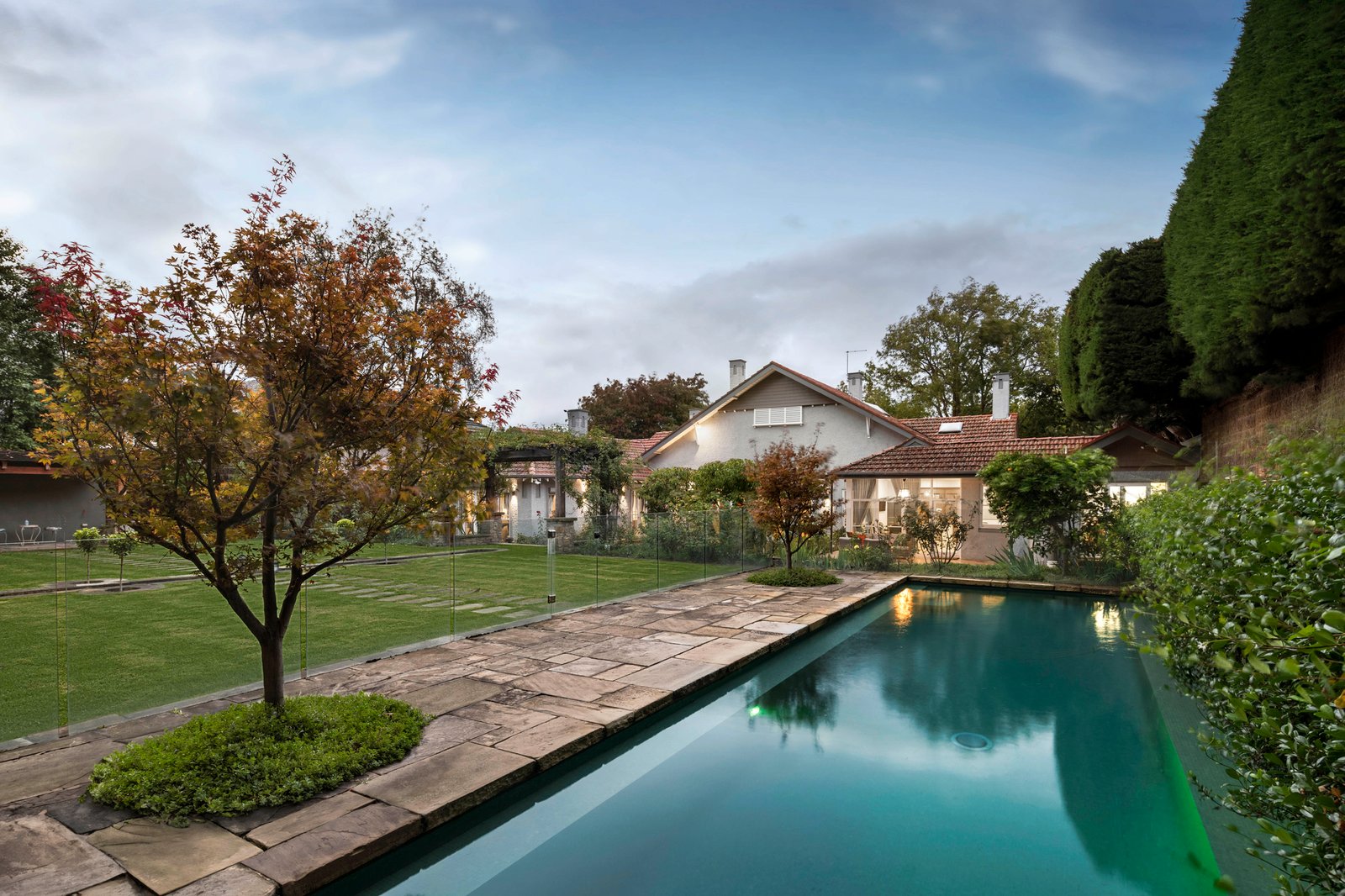The Apple Gadgets You Should—And Shouldn’t—Buy Right Now
It’s a bad time to buy a fancy iPhone, the AirPods Pro and really any Apple Watch. But it’s a good time for a MacBook Air.
Anyone attempting to buy an iPhone right now should receive a mild but meaningful electric shock.
How else can I finally condition the world to remember my iPhone No-Buy Rule™? You know, the one that states that when school’s out for summer, everyone should stop phone shopping and wait for September’s Apple news.
And it’s not just the iPhone anymore. In recent years, the fall has been packed with Apple Watch, AirPod and iPad announcements as well. Plus, this year there’s even more reason to wait, as inflation hits every part of our budget. Price drops on older Apple gear—which come when the new stuff is announced—might be the real deals.
“I wouldn’t be surprised to see more aggressive bundles and discounts on last year’s iPhone models from the carriers,” Carolina Milanesi, a technology analyst with Creative Strategies, told me.
So right now, put that extra cash toward pricey potatoes (up 13%!), put your dying phone on life support, and consult my annual Apple Do/Don’t Buy list to plan your future spending:
iPhone
No. Nope. Nein. Nyet. No iPhone buying right now.*
*Unless it’s the new iPhone SE, which was upgraded in March with 5G. It’s the last remaining iPhone with a home button.
Don’t expect big changes to the body design of the next iPhone, presumably called the iPhone 14. Do expect some significant screen updates, however.
Reports indicate that Apple has been working to shrink the notch, that little black camera/Face ID area at the top of the screen. The higher-end Pro phones are expected to have always-on displays, which show key information, such as time and date, but dim the rest to save battery. The Pros are also expected to get significantly improved 48-megapixel cameras.
One of the big questions: Will it be bye-bye, iPhone Mini? According to Bloomberg’s Mark Gurman, Apple is expected to drop the little one and instead offer a big 6.7-inch iPhone 14 Max—so a phone the size of an IKEA parking lot but without the Pro features.
An Apple spokesman declined to comment on any and all future Apple products.
OK, you don’t care about the new stuff, so why not buy now? In the words of ABBA, “money, money, money.” Apple typically drops some prior-year models by around $100. Plus, carrier trade-in deals have gone bananas over the past few years, with some offering hundreds off if you have an older phone in good condition.
Not that $100 in savings means you need a new phone: My colleague Nicole Nguyen makes the case to skip the upgrade and tune up the phone you have.
Apple Watch
The Apple Watch hasn’t been significantly updated since dinosaurs roamed the earth, looking for a place to charge their wrist computers. Sure, the display has gotten bigger and better and the processors faster, but there’s now talk of an Apple Watch Pro (from Mr. Gurman, again), which will have a new more durable design, a bigger screen and, finally, a multiday battery.
In addition to that, the company is expected to add a temperature sensor for the Series 8, and refresh its lower-end Watch SE. (Avoid the cheap Series 3—Apple cut it out of the next WatchOS upgrade.)
Wait for it all—if only to get a better feature-to-price ratio. Apple will likely tweak the lineup as it has in years past, bringing the newer watches to lower price points. And I’ll bet you all a bottle of lemon-lime Gatorade (absolutely not the gross blue Glacier Freeze) there will also be some new watch bands, which can make an old watch seem new again.
AirPods
Back in the Before Time, October 2019, Apple released the $249 AirPods Pro with active noise cancellation. The wireless earbuds are overdue for a significant update. They’re expected to have better sound quality and a more compact design—possibly losing their signature sticks entirely.
My colleagues have also reported that future AirPods would get temperature and heart-rate sensors. More likely this time around? An improved charging case with built-in speakers so I can locate them in the Upside Down that’s beneath my couch cushions.
Apple will likely discontinue the older AirPods Pro. People who don’t need noise cancellation could still choose between the two less expensive standard AirPod options.
iPads
We now come to the four-way iPad intersection.
The $929 iPad Air gets a green light. It was updated in March with Apple’s M1 processor, 5G capabilities and a 12-megapixel camera.
Green light on the iPad Mini. Last upgraded in 2021 with an all-screen design, faster processor and Apple Pencil support, it likely won’t get considerably better soon.
But there’s a big red light for the most affordable, $499 10.2-inch iPad. It’s likely getting a new design, refreshed processor and a USB-C charging port like its iPad siblings, plus a 5G option.
And another red light for the iPad Pro, which is reportedly getting the new M2 processor and wireless charging.
These iPad updates are expected in October alongside iPadOS 16, which includes an overhaul of the tablet’s multitasking controls.
MacBooks
You’re good to go on the all-new MacBook Air, starting at $1,899. Released in July, it’s a fabulous choice with a MagSafe charger, a bright 13.6-inch screen, thin design and M2 processor. If you’re looking to save, the M1 MacBook Air is still a solid choice at $1499—you just won’t get that sharp new look.
With the 14- and 16-inch MacBook Pros, proceed with caution. Sure, the chance of Apple changing their design soon is as good as my spotting aliens at my local Target. But power-hungry visual professionals should know these M1 Pro and Max laptops could level up to M2 before the end of the year.
iMacs
Looking for a compact all-in-one desktop like the 24-inch iMac? Slow down. The machine was completely redesigned with an M1 processor in April 2021—it’s also due for the M2.
To you big-screen desktop lovers who keep asking where your 27-inch iMac is, I’ll tell you the same thing I tell my 5-year-old when he asks why a cloud looks like an elephant holding an ice-cream cone: I truly don’t know.
Apple discontinued the 27-inch Intel-powered iMac in March. People who wanted a huge desktop setup could replace it with the new Mac Studio and Apple Studio Display, though at around double the cost. (Personally, I’m not a fan of the tudio Display—its webcam has improved since its launch, but you can buy similar monitors for less.) Now there’s chatter that Apple is working on a new large-screen iMac Pro, but no estimated time of arrival.
Apple TV
Look, if you want Netflix, Hulu, even Apple TV+ on your TV, a Roku stick or Amazon Fire stick are simpler, more affordable choices than the $149-and-up Apple TV. But some like Apple’s interface and integration with other Apple gadgets. If that’s you, wait. It’s been over a year since the Apple TV’s last update—a minor processor bump—and there are now reports that Apple is looking into releasing a more affordable version.
As I say every year, if you need something right this moment, try to repair what’s broken or find a deal on whatever you can. Don’t pay full price for stuff we know is already outdated. And don’t make me zap you iPhone buyers, because so help me, I will.
 Copyright 2020, Dow Jones & Company, Inc. All Rights Reserved Worldwide. LEARN MORE
Copyright 2020, Dow Jones & Company, Inc. All Rights Reserved Worldwide. LEARN MORE
This stylish family home combines a classic palette and finishes with a flexible floorplan
Just 55 minutes from Sydney, make this your creative getaway located in the majestic Hawkesbury region.
The remote northern island wants more visitors: ‘It’s the rumbling before the herd is coming,’ one hotel manager says
As European hot spots become overcrowded , travellers are digging deeper to find those less-populated but still brag-worthy locations. Greenland, moving up the list, is bracing for its new popularity.
Aria Varasteh has been to 69 countries, including almost all of Europe. He now wants to visit more remote places and avoid spots swarmed by tourists—starting with Greenland.
“I want a taste of something different,” said the 34-year-old founder of a consulting firm serving clients in the Washington, D.C., area.
He originally planned to go to Nuuk, the island’s capital, this fall via out-of-the-way connections, given there wasn’t a nonstop flight from the U.S. But this month United Airlines announced a nonstop, four-hour flight from Newark Liberty International Airport in New Jersey to Nuuk. The route, beginning next summer, is a first for a U.S. airline, according to Greenland tourism officials.
It marks a significant milestone in the territory’s push for more international visitors. Airlines ran flights with a combined 55,000 seats to Greenland from April to August of this year, says Jens Lauridsen, chief executive officer of Greenland Airports. That figure will nearly double next year in the same period, he says, to about 105,000 seats.
The possible coming surge of travellers also presents a challenge for a vast island of 56,000 people as nearby destinations from Iceland to Spain grapple with the consequences of over tourism.
Greenlandic officials say they have watched closely and made deliberate efforts to slowly scale up their plans for visitors. An investment north of $700 million will yield three new airports, the first of which will open next month in Nuuk.
“It’s the rumbling before the herd is coming,” says Mads Mitchell, general manager of Hotel Nordbo, a 67-room property in Nuuk. The owner of his property is considering adding 50 more rooms to meet demand in the coming years.
Mitchell has recently met with travel agents from Brooklyn, N.Y., South Korea and China. He says he welcomes new tourists, but fears tourism will grow too quickly.
“Like in Barcelona, you get tired of tourists, because it’s too much and it pushes out the locals, that is my concern,” he says. “So it’s finding this balance of like showing the love for Greenland and showing the amazing possibilities, but not getting too much too fast.”
Greenland’s buildup
Greenland is an autonomous territory of Denmark more than three times the size of Texas. Tourists travel by boat or small aircraft when venturing to different regions—virtually no roads connect towns or settlements.
Greenland decided to invest in airport infrastructure in 2018 as part of an effort to expand tourism and its role in the economy, which is largely dependent on fishing and subsidies from Denmark. In the coming years, airports in Ilulissat and Qaqortoq, areas known for their scenic fjords, will open.
One narrow-body flight, like what United plans, will generate $200,000 in spending, including hotels, tours and other purchases, Lauridsen says. He calls it a “very significant economic impact.”
In 2023, foreign tourism brought a total of over $270 million to Greenland’s economy, according to Visit Greenland, the tourism and marketing arm owned by the government. Expedition cruises visit the territory, as well as adventure tours.
United will fly twice weekly to Nuuk on its 737 MAX 8, which will seat 166 passengers, starting in June .
“We look for new destinations, we look for hot destinations and destinations, most importantly, we can make money in,” Andrew Nocella , United’s chief commercial officer, said in the company’s earnings call earlier in October.
On the runway
Greenland has looked to nearby Iceland to learn from its experiences with tourism, says Air Greenland Group CEO Jacob Nitter Sørensen. Tiny Iceland still has about seven times the population of its western neighbour.
Nuuk’s new airport will become the new trans-Atlantic hub for Air Greenland, the national carrier. It flies to 14 airports and 46 heliports across the territory.
“Of course, there are discussions about avoiding mass tourism. But right now, I think there is a natural limit in terms of the receiving capacity,” Nitter says.
Air Greenland doesn’t fly nonstop from the U.S. because there isn’t currently enough space to accommodate all travellers in hotels, Nitter says. Air Greenland is building a new hotel in Ilulissat to increase capacity when the airport opens.
Nuuk has just over 550 hotel rooms, according to government documents. A tourism analysis published by Visit Greenland predicts there could be a shortage in rooms beginning in 2027. Most U.S. visitors will stay four to 10 nights, according to traveler sentiment data from Visit Greenland.
As travel picks up, visitors should expect more changes. Officials expect to pass new legislation that would further regulate tourism in time for the 2025 season. Rules on zoning would give local communities the power to limit tourism when needed, says Naaja H. Nathanielsen, minister for business, trade, raw materials, justice and gender equality.
Areas in a so-called red zone would ban tour operators. In northern Greenland, traditional hunting takes place at certain times of year and requires silence, which doesn’t work with cruise ships coming in, Nathanielsen says.
Part of the proposal would require tour operators to be locally based to ensure they pay taxes in Greenland and so that tourists receive local knowledge of the culture. Nathanielsen also plans to introduce a proposal to govern cruise tourism to ensure more travelers stay and eat locally, rather than just walk around for a few hours and grab a cup of coffee, she says.
Public sentiment has remained in favour of tourism as visitor arrivals have increased, Nathanielsen says.
—Roshan Fernandez contributed to this article.
This stylish family home combines a classic palette and finishes with a flexible floorplan
Just 55 minutes from Sydney, make this your creative getaway located in the majestic Hawkesbury region.






















